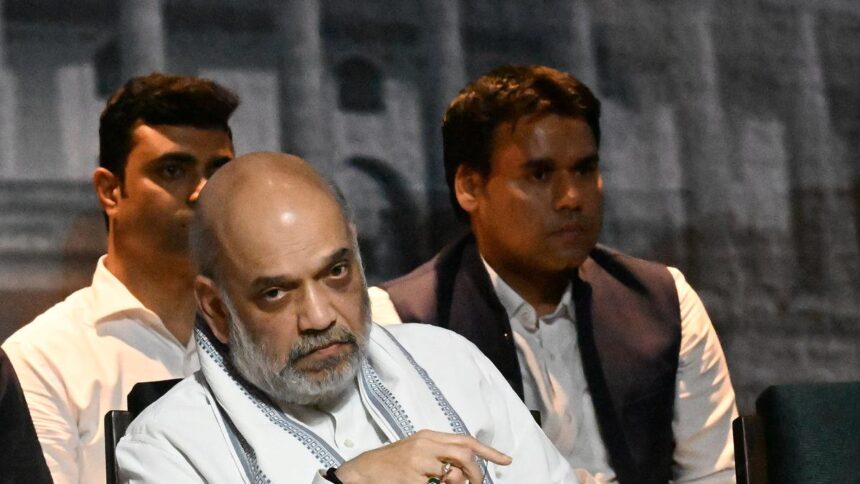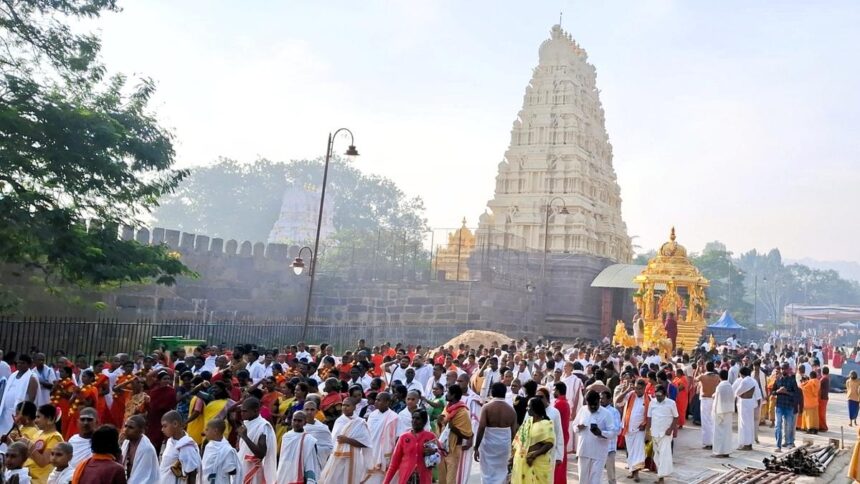The report on the ‘Results of the Educational Census of Madras November 1871’ throws some interesting light on the sharp divide in the pyall schools in the Madras Presidency. The Educational Census was meant to ascertain the exact state of education in Madras as shown by the number of schools, their standards of instruction and the number of their pupils.
In that era, the pyall school was an important aspect not only in education but also in the social and religious life of people.
The author of the Education Census report tried to highlight the difference in payment for teachers in a school for the well-to-do and those in a school for the poor.
“We will suppose the son of a respectable, good-caste writer to be sent for the first time to the nearest pyall school, the teacher of which will almost certainly be a Brahmin,” the author writes.
For this, a lucky day must first be chosen, and then the teacher comes to the new pupil’s house together with all his scholars.
“Before the boy is handed over to the master, pooja to Ganapati or Ganesa is performed by the family purohit, and then to Sarasvati, the goddess of learning, in the presence of the lad’s father and male relations. Then presents are distributed to Brahmins, and fruits, sugar, etc to everybody present. The schoolmaster is placed sitting in a conspicuous part of the room, and is presented with flowers, sandal (chandanum), fruits, and a pair of cloths; one of which is twelve cubits long, and the other six cubits, the cost of both being about one-and-a-quarter rupees,” notes the report.
The teacher then puts the cloths on, sits himself by the side of the proposed scholar, causes him to repeat a prayer to Ganesa, asking for wisdom and that his course of study may be fortunate and successful, and makes him repeat the whole of the alphabet three times.
“Next, a flat vessel containing dry rice is brought in, and the teacher guides the finger of the pupil, so that he may write in the loose rice the names of the deity they serve, whether Vishnu or Siva. Then the ceremony concludes.”
All the school boys are presented with beaten rice, Bengal gram and sugar mixed together, a handful each; the monitor or senior boy, who acts as the teacher’s assistant, receives also a few pice. “Now the boy proceeds in procession to the school, where he is again made to repeat the alphabet three times.
The procession then returns to his home, and they disperse for the day. With the next day commences the ordinary school career of the boy,” says the report adding, the monthly school fee is decided between the teacher and the father. This sum varies with the means of the parent, “but never exceeds eight annas a month.”
Pyall schools for the poor
In contrast, things were different in a pyall school for the children of the poor. “Here no entrance fee is offered, nor any monthly payment until the alphabet is fully mastered. Nor is the customary present made on commencement of a new book or chapter. A small payment is made each month of, say, one or two annas, and a tiny present every fourteenth day,” according to the report.
“The same ritual is performed at Dassera as in the more respectable school, but the gains of the master are smaller in proportion, and similarly for each festival throughout the year,” it adds.
“Combining all sources of income, the teacher of a respectable pyall school with about twenty-five pupils will receive from ₹5 to ₹25 per mensem, while his colleague labouring in a poor locality will not receive more than from ₹5 to ₹10,” the report says.
In Mussulman schools, no monthly fee was charged, and the teacher was entirely dependent on presents. Thus, whenever a new chapter of the Koran was commenced, the pupils were required to give from four annas to as many rupees, according to the wealth of the family.
“At the commencement of every festival, as the Muharam, Shub-i-burat, Ramzan, Bukreed, etc the teacher also receives presents – not more than four annas or less than one fanam,” it says.
Published – August 06, 2025 05:30 am IST




















